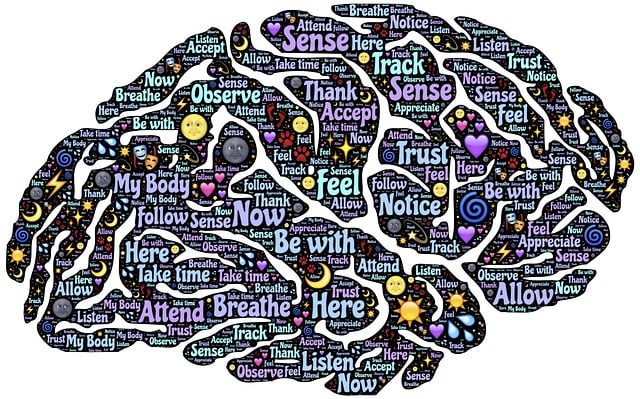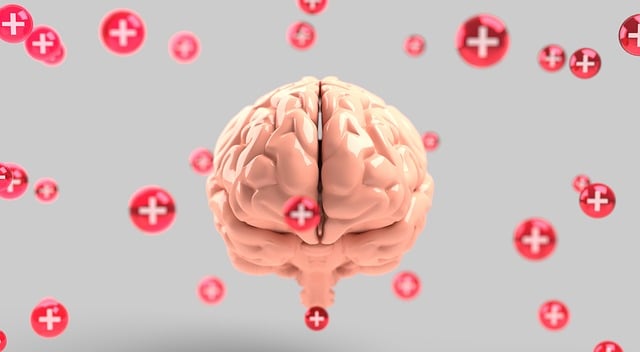Public awareness campaigns, focusing on Highlands Ranch Abuse Survivors Therapy (HRAST), are powerful tools to address sensitive issues like abuse. Through compelling narratives and educational content, these campaigns reduce stigma, encourage support, and initiate crucial conversations within communities. By sharing real-life stories and providing crisis intervention guidance, they empower individuals to recognize signs of abuse and access therapy options. The HRAST Initiative's targeted marketing and social media strategy successfully reached a broad audience, promoting evidence-based therapies for trauma recovery. Measuring campaign success through clear goals and robust evaluation methods ensures positive community change and allows for continuous improvement.
Public awareness campaigns play a pivotal role in shaping societal attitudes and behaviors. This article delves into the development of impactful initiatives, focusing on understanding their profound effects on communities. We explore strategic approaches to crafting successful campaigns, as demonstrated by the Highlands Ranch Abuse Survivors Therapy (HRAST) Initiative. Furthermore, we discuss measurement techniques and continuous improvement strategies to ensure these programs remain relevant and effective in addressing societal challenges.
- Understanding the Impact of Public Awareness Campaigns
- Strategies for Developing Effective Campaigns
- Case Study: Highlands Ranch Abuse Survivors Therapy (HRAST) Initiative
- Measuring Success and Continuous Improvement
Understanding the Impact of Public Awareness Campaigns

Public awareness campaigns play a pivotal role in shaping societal attitudes and behaviors, especially regarding sensitive issues like abuse survivors’ therapy in Highlands Ranch. By strategically communicating key messages, these campaigns can bring much-needed attention to complex topics, reducing stigma and encouraging support for those in need. The impact of such initiatives extends far beyond immediate engagement; they initiate important conversations that lead to deeper understanding and empathy within communities.
Understanding the true reach of public awareness campaigns requires examining their influence on emotional healing processes. Through compelling narratives and educational content, campaigns can empower individuals to recognize signs of abuse and take proactive steps toward self-care practices. By normalizing discussions around emotional regulation, these initiatives create a supportive environment where survivors feel heard, validated, and encouraged to access available therapy options in Highlands Ranch, ultimately fostering resilience and recovery.
Strategies for Developing Effective Campaigns

Developing effective public awareness campaigns requires a strategic approach that resonates with the target audience. One key strategy is to Highlands Ranch Abuse Survivors Therapy as a central theme, ensuring the message connects emotionally while providing practical solutions. By sharing real-life stories and testimonials from survivors who have found Inner Strength Development, the campaign can inspire hope and encourage others to seek help when facing similar challenges. This narrative approach helps in building empathy and fostering a sense of community.
Additionally, integrating Crisis Intervention Guidance within the campaign is crucial for immediate support. Including resources and hotlines accessible during times of distress ensures that those who may be struggling can quickly find the necessary Confidence Boosting tools. Employing simple, direct messaging and utilizing various media platforms to reach diverse audiences can significantly enhance the impact of these campaigns, ultimately leading to a more informed and supportive community.
Case Study: Highlands Ranch Abuse Survivors Therapy (HRAST) Initiative

The Highlands Ranch Abuse Survivors Therapy (HRAST) Initiative serves as a compelling case study in effective public awareness campaigns for trauma recovery. HRAST focused on addressing the growing need for support among individuals who have experienced abuse, offering specialized therapy services tailored to their unique challenges. By employing targeted marketing strategies and leveraging social media platforms, HRAST successfully reached a wide audience, breaking down stigma and encouraging victims to seek help.
This initiative emphasized the importance of coping skills development and anxiety relief through evidence-based therapies. It promoted self-care routine development for better mental health, equipping survivors with tools to navigate their trauma and rebuild their lives. The campaign’s success lies in its holistic approach, combining community engagement, accessible resources, and a supportive environment to foster healing and resilience among abuse survivors in Highlands Ranch and beyond.
Measuring Success and Continuous Improvement

Measuring the success of public awareness campaigns is a critical step to ensure their effectiveness and impact on communities, especially when addressing sensitive issues like abuse survivors’ therapy in Highlands Ranch. By setting clear goals and implementing robust evaluation methods, organizations can assess whether their initiatives are fostering positive change. This involves collecting quantitative data, such as campaign reach and engagement metrics, alongside qualitative insights through feedback forms and focus groups.
Continuous improvement is a key outcome of this process. Organizations can identify areas where their campaigns resonate strongly with audiences and those that need refinement. Incorporating emotional regulation techniques, trauma support services, and mental wellness resources into awareness campaigns demonstrates a commitment to holistically addressing the needs of survivors. Regularly updating content based on data-driven insights ensures that the information provided remains relevant and impactful over time.
Public awareness campaigns play a pivotal role in educating communities and driving positive change. As highlighted by the case study of Highlands Ranch Abuse Survivors Therapy (HRAST) Initiative, targeted efforts can lead to profound impacts on vulnerable populations. By understanding the community’s needs, employing strategic communication techniques, and measuring success through data-driven approaches, organizations can create effective campaigns that foster healing and empowerment. Continuous improvement is key, ensuring these initiatives remain relevant and impactful in a dynamic society.














